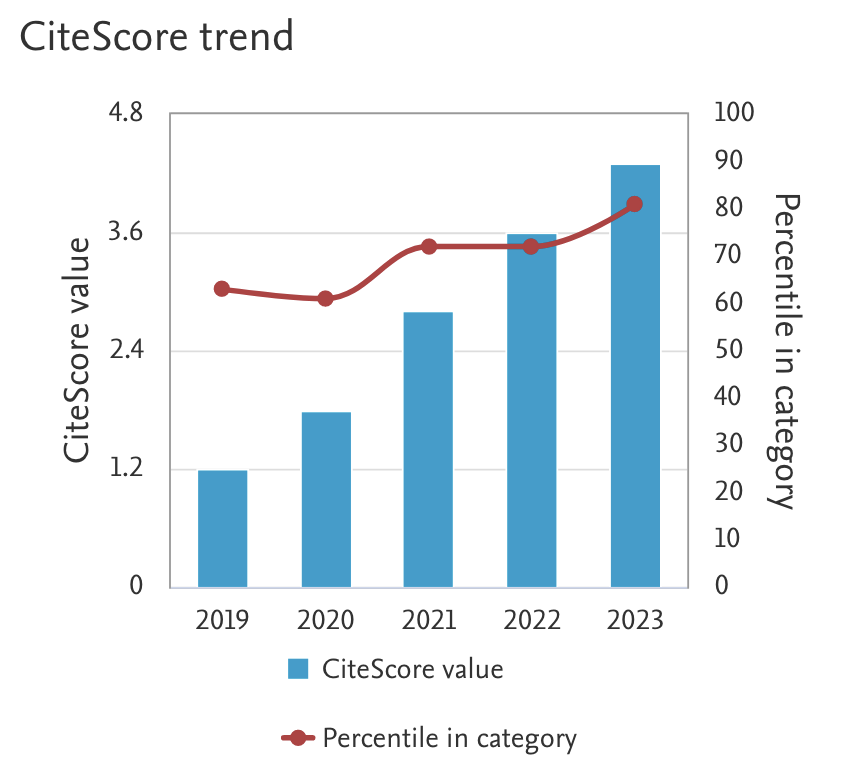Clinical management of comorbid bipolar disorder and obsessive-compulsive disorder: A case series.
BD-OCD comorbidity: A case series.
Keywords:
bipolar, obsessive-compulsive, comorbidity, treatmentAbstract
Background:Apparent comorbidity between bipolar disorder (BD) and obsessive-compulsive disorder (OCD) is a common condition in psychiatry and it has important nosological and therapeutic implications. Although antidepressantsare the first line treatment for OCD, they can induce mood instability in BD. An optimal treatment approach remains to be defined.
Methods:Longitudinal clinical observation of three severe OCD patients who developed a manic episode during treatment with different classes of antidepressants.
Results: In our cases, three features support the hypothesis of an underlying bipolarity unmasked by the antidepressant used to treat OCD: positive family history for affective disorders, manic switch induced by antidepressantand improvement of affective and obsessive-compulsivesymptoms with mood stabilizers and atypical antipsychotics.
Conclusions:Osler’s view that medicine should be treatment of diseases, not of symptoms, is consistent with the approach of mood stabilization as a first objective in BD-OCD patients, as opposed to immediate treatment with antidepressants. Only persistent OCD patients should be prescribed antidepressants in as low a dose as feasible.
Downloads
Published
Issue
Section
License
Copyright (c) 2018 Acta Bio Medica Atenei Parmensis

This work is licensed under a Creative Commons Attribution-NonCommercial 4.0 International License.
This is an Open Access article distributed under the terms of the Creative Commons Attribution License (https://creativecommons.org/licenses/by-nc/4.0) which permits unrestricted use, distribution, and reproduction in any medium, provided the original work is properly cited.
Transfer of Copyright and Permission to Reproduce Parts of Published Papers.
Authors retain the copyright for their published work. No formal permission will be required to reproduce parts (tables or illustrations) of published papers, provided the source is quoted appropriately and reproduction has no commercial intent. Reproductions with commercial intent will require written permission and payment of royalties.







